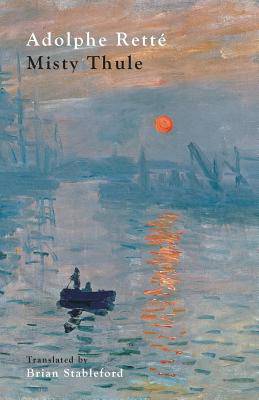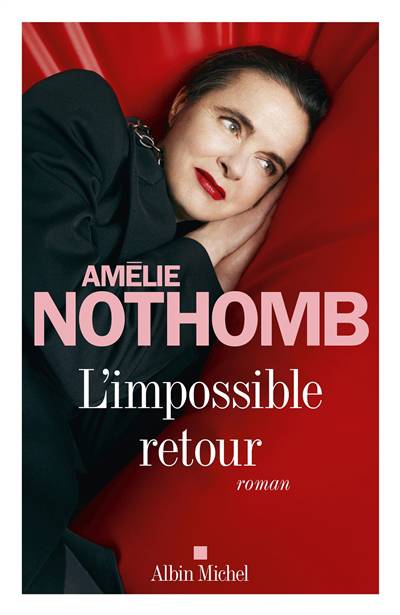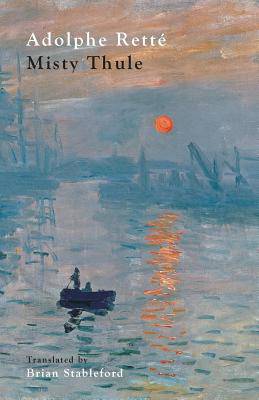
- Retrait gratuit dans votre magasin Club
- 7.000.000 titres dans notre catalogue
- Payer en toute sécurité
- Toujours un magasin près de chez vous
- Retrait gratuit dans votre magasin Club
- 7.000.000 titres dans notre catalogue
- Payer en toute sécurité
- Toujours un magasin près de chez vous
Description
Adolphe Retté's Misty Thule, originally published in 1891 and here translated into English for the first time by Brian Stable-ford, is one of the key documents of the Symbolist Movement, and one of the most extreme illustrations of its philosophy. Deliberately breaking the usually-imposed boundaries of poetry and prose, sensation and fantasy, stories and chapters, syntax and punctuation, it can be seen at once as a collection in the tradition of Charles Baudelaire's unfinished Spleen de Paris, an avant-garde novel, and a work of Surrealism avant la lettre, reaching toward an immediacy of raw representation that attempts to gag the censor of rationalization and liberate the anarchic thrust of the unconscious as a hidden participant in the processes of perception and mental response.
Although Retté repudiated the book in later life, on religious grounds, Misty Thule remains the most remarkable work that he produced--and, indeed, one of the most remarkable that anyone produced under the aegis of Symbolism.
Spécifications
Parties prenantes
- Auteur(s) :
- Editeur:
Contenu
- Nombre de pages :
- 150
- Langue:
- Anglais
Caractéristiques
- EAN:
- 9781943813704
- Date de parution :
- 21-08-18
- Format:
- Livre broché
- Format numérique:
- Trade paperback (VS)
- Dimensions :
- 140 mm x 216 mm
- Poids :
- 199 g







